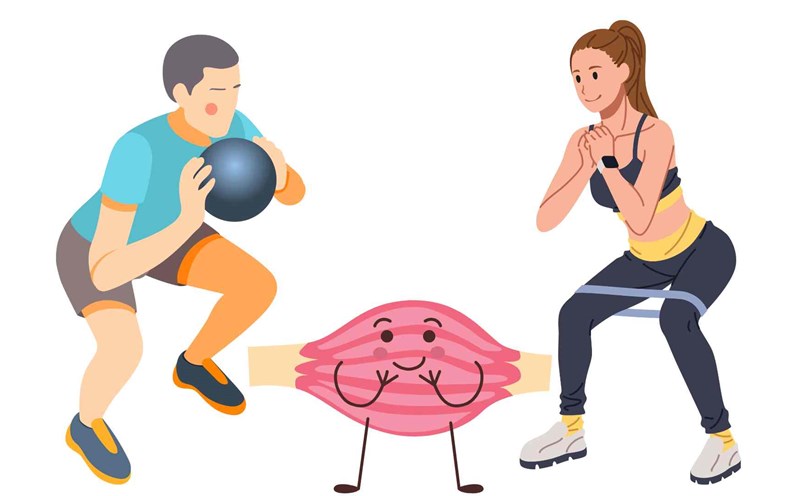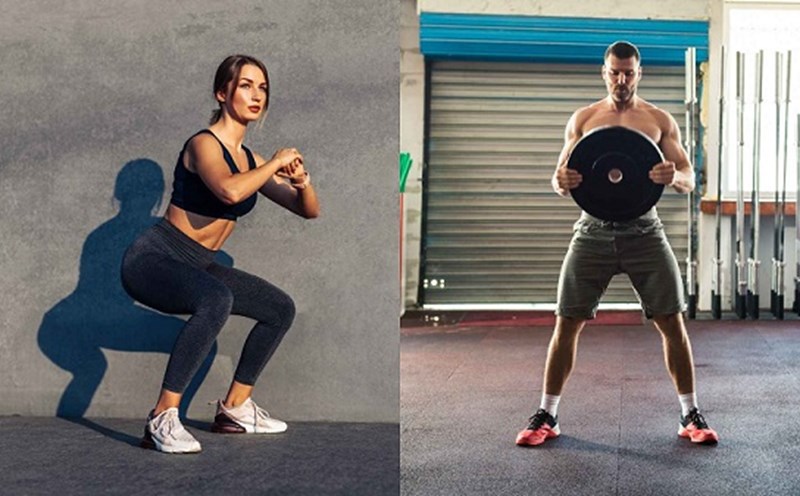Squat one leg
Stand balanced on one leg, the other leg stretched straight out in front of you. Slowly lower your hips until your hip flexor is lower than your knee. Then, push yourself back into a standing position, keeping your legs held up from touching the ground and not using your hands to support balance.
If you cannot do a squat on one leg, this could be a sign that you are experiencing an imbalance of strength between the two legs and poor balance. This move also reflects the stability of the core.
Squat with dumbbells on your Head
Hold a heavy object or just bring your arms straight up over your head, arms straight. Squat down as deep as possible, keeping your weight balanced between your feet and arms always upright throughout the movement.
If you cannot do the movements, you may be experiencing chest spine limitations, stiff shoulders, or inflexible ankle joints. At that time, your arms are easily pointed forward, your chest is tight or you have difficulty sitting deep. This move clearly reflects the impact of sitting a lot on the entire chain of movement, from the ankles to the shoulders.
Jumping squat
Squat down and jump up as high as possible. Gently land back into a squat position.
If the movement cannot be performed correctly, it shows that the lower body lacks strength. You can get strong with slow exercises, but your muscles can't create quick force. Poor ground clearance also reflects weak glutes and limited knee control - factors that increase the risk of injury.











